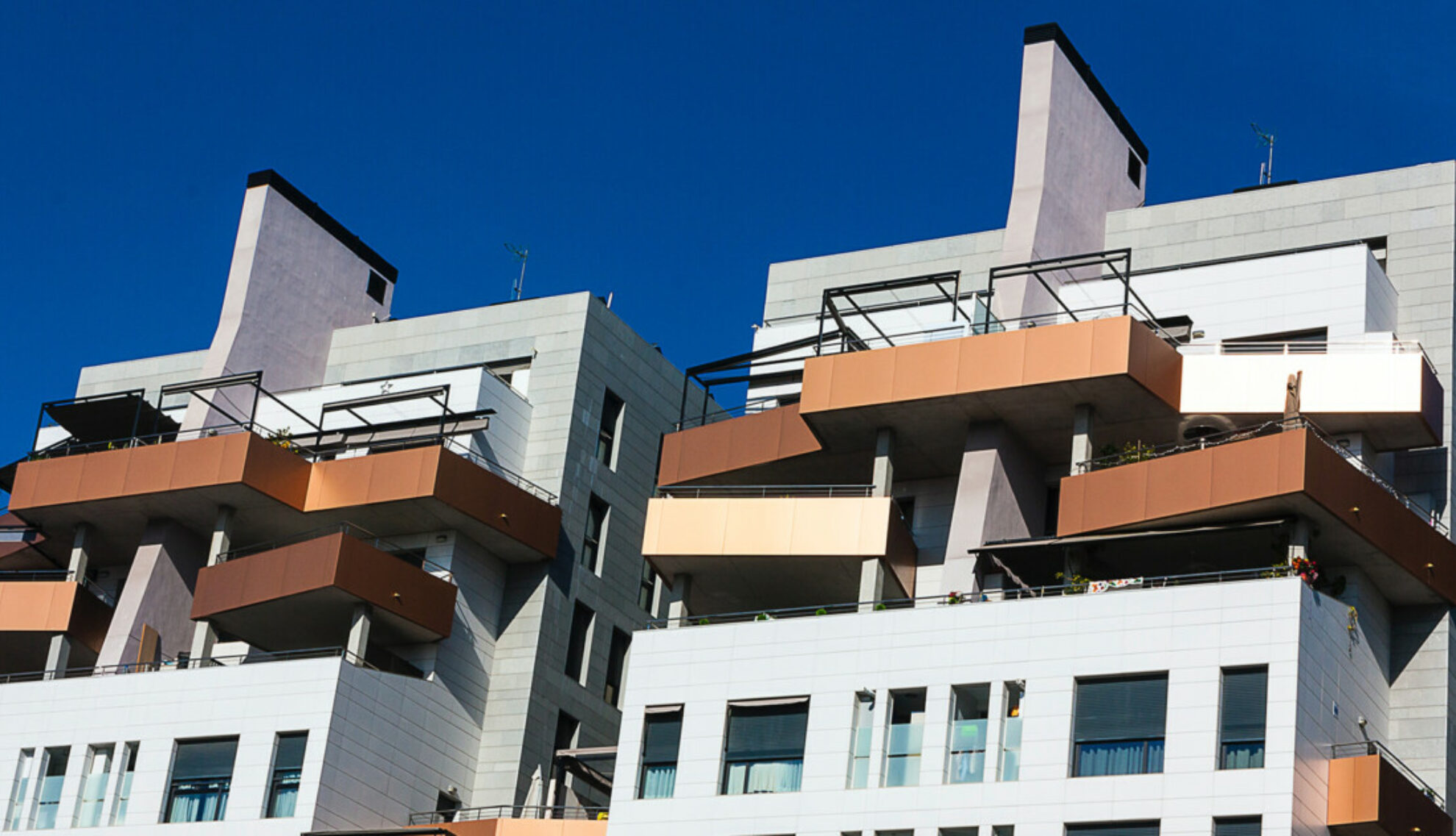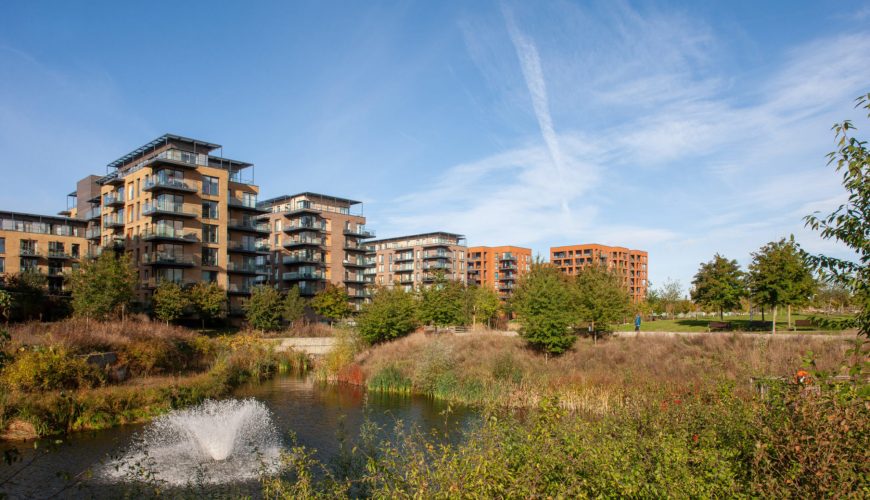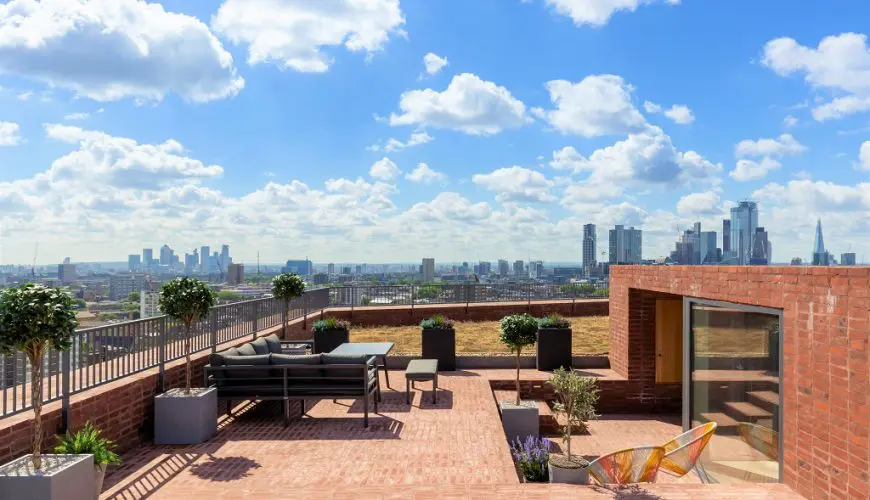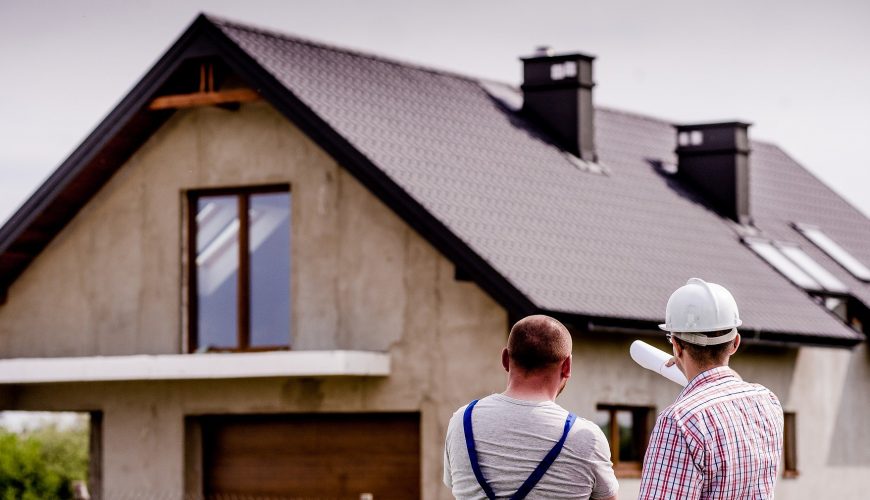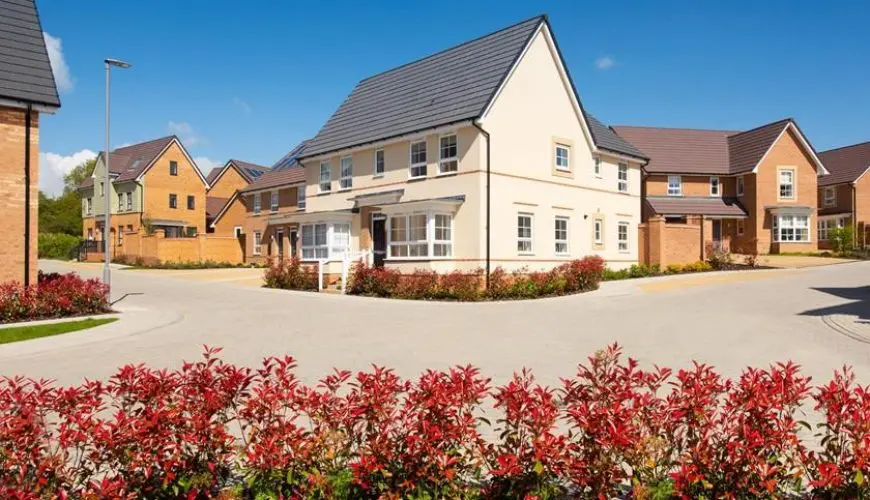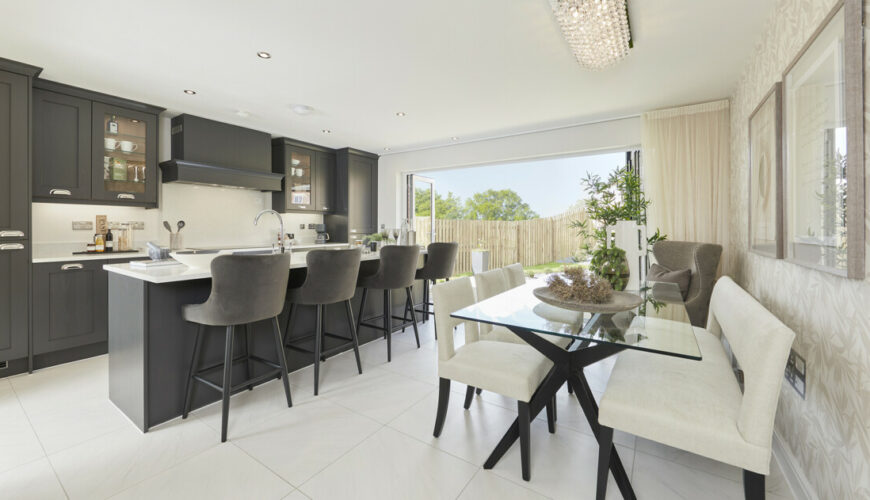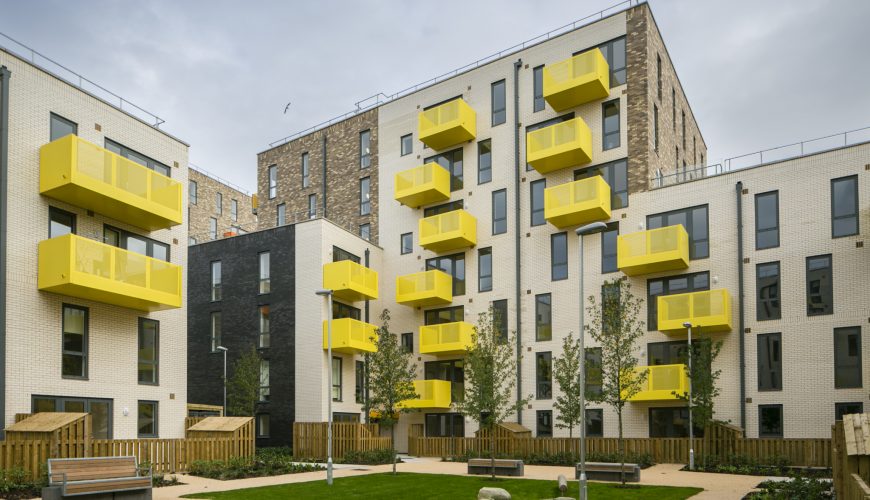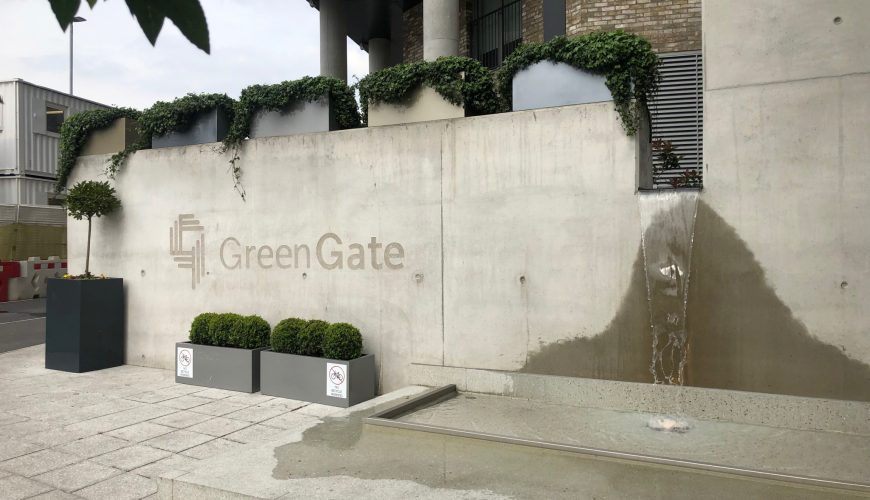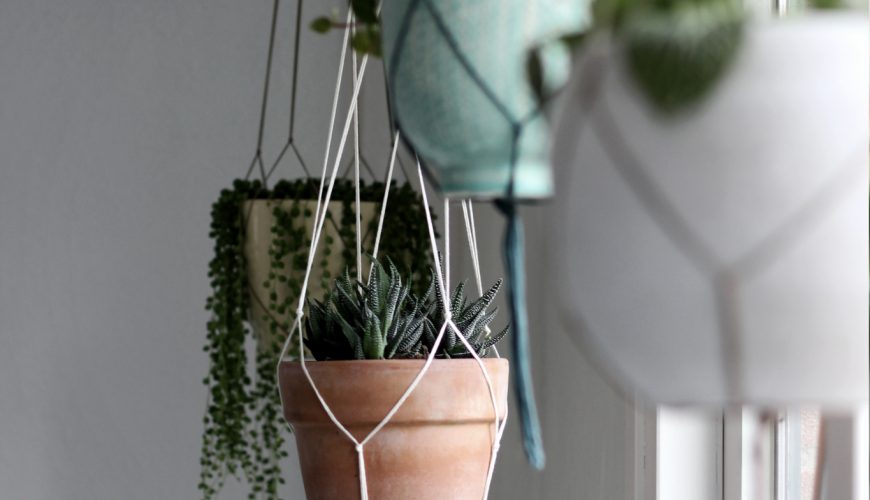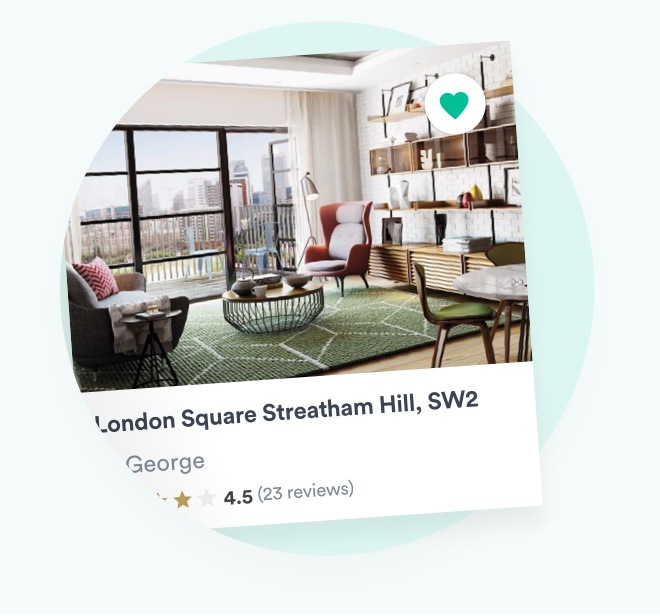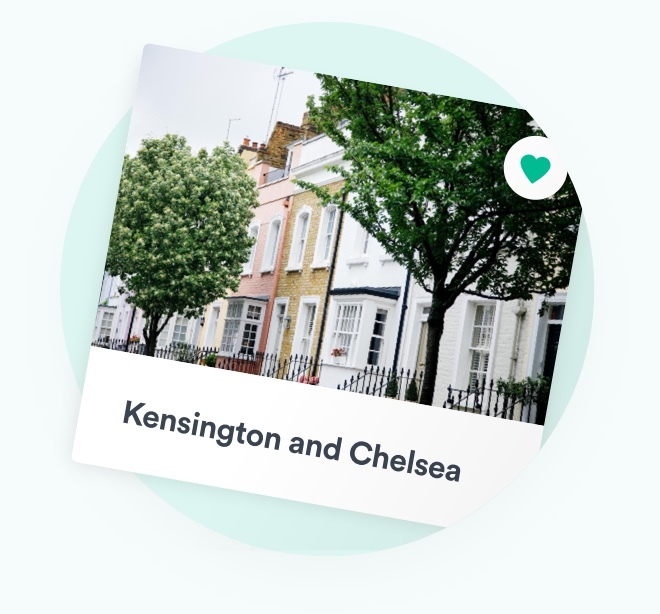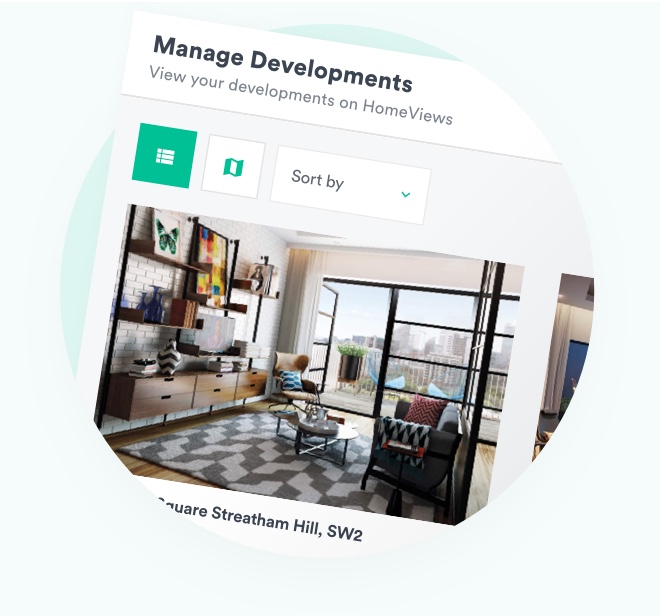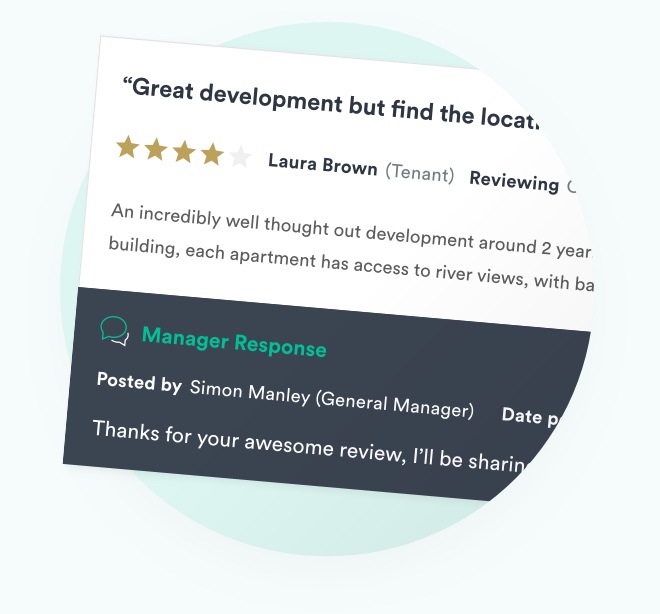Cladding has become a popular building material in recent years. Developers frequently use cladding to add external layers and protection to a building. They also sometimes use it to improve the appearance of older buildings. In this article, we look at some of the most frequently asked questions on cladding, so you can learn all you need about this popular construction material.
What is cladding?
The term cladding simply refers to any covering or protection that developers attach to the exterior of a building. Cladding could be protective, covering up the frame and structure of a building and adding insulation or protection from the elements, or it could be decorative, to improve the appearance of an older building.
What materials are cladding made of?
There are various types of building cladding, and which one a developer chooses depends on several factors. Cladding could be constructed from timber, metal, brick, stone, render, concrete, tile, glass, uPVC or composites. These are a mix of wood and other materials, such as recycled plastics.
Why is cladding used in building?
There are, broadly, two reasons for adding cladding to the exterior of a building. The first reason for adding cladding is to protect, weatherproof or insulate a building. The second reason is to improve a building’s appearance.
Is cladding better than traditional brick building?
There are some benefits to using cladding in construction over traditional materials. Certain types of cladding have insulating properties, and builders can apply them to the exterior of a property over a layer of insulation. Other types of cladding offer waterproofing, windproofing or prevent the seepage of water into the building structure.
Using building approaches that incorporate cladding can be faster and more cost-effective than traditional methods. Some cladding materials contribute to a better-insulated home than traditional building methods. They can also help maximise space in your building, as the walls take up less space than traditional cavity walls.
Read more
Does cladding help to insulate my home?
Certain types of cladding can help to insulate homes, and make them cheaper to heat. Adding PVC cladding can, for example, help to reduce fuel bills and make your home more energy efficient. The space-saving qualities of cladding can also allow for the use of other insulating materials in the construction of walls.
What are the disadvantages of cladding?
There are some disadvantages associated with using cladding in construction. Certain types of cladding are proven to be more combustible than other building materials, increasing the risk of fire. Studies have shown that aluminium composite material (ACM) cladding is dangerous to use. The UK government banned its use in new high-rise residential buildings from December 2018.

Is my cladding safe?
Whether your cladding is safe or not depends largely on its materials. Many materials that builders have used in construction for many years, such as timber, stone, render, brick and tile cladding, have very few or no safety concerns.
Most of the concerns related to cladding are based on the use of the now banned aluminium composite material. There are also some concerns around the safety of other cladding materials. These include high-pressure laminate (HPL) and potentially some other metal laminate materials.
How do I check if there are any issues with my cladding?
The government introduced new regulations in 2018 to ensure the safety of cladding on residential buildings. The EWS-1 form provides assurances that any building with cladding is fire safe.
All buildings over 18m in height require an EWS-1 form. If you’d like to check for fire safety issues, ask your landlord or building management company for a copy of the form.
HomeViews provides verified resident reviews of the UK’s housing developments. We’re working with developers, landlords and the Government to recognise high performers and help to improve standards in the built environment.
